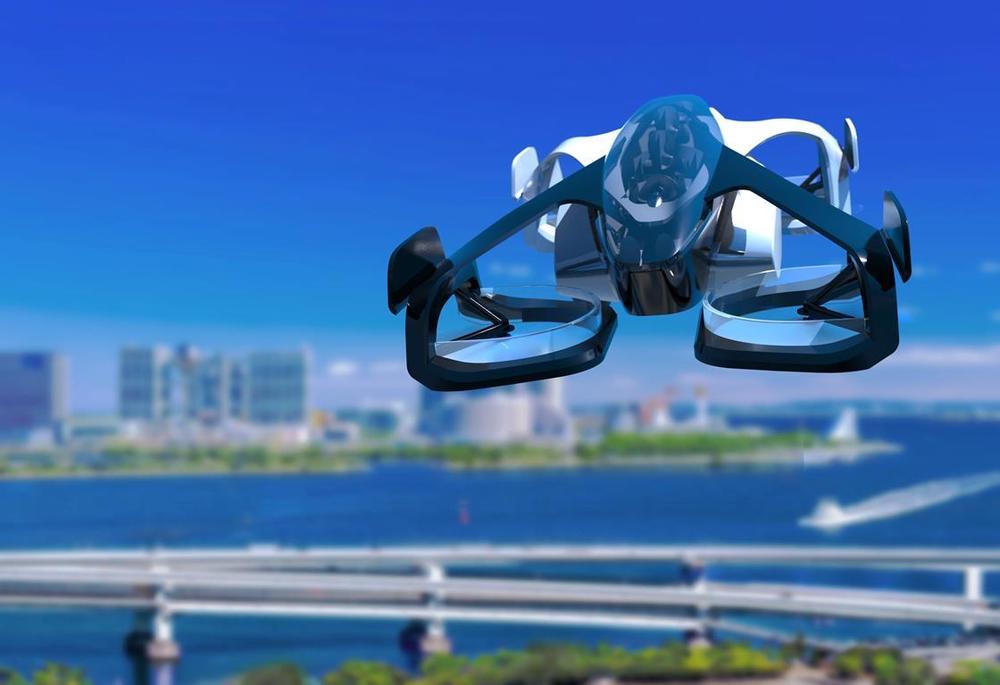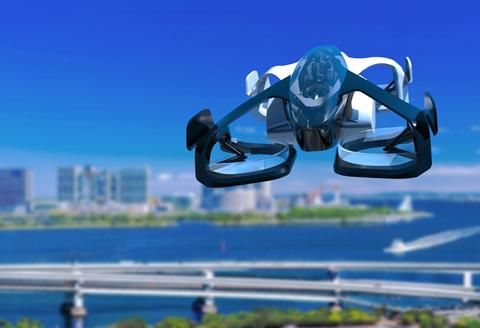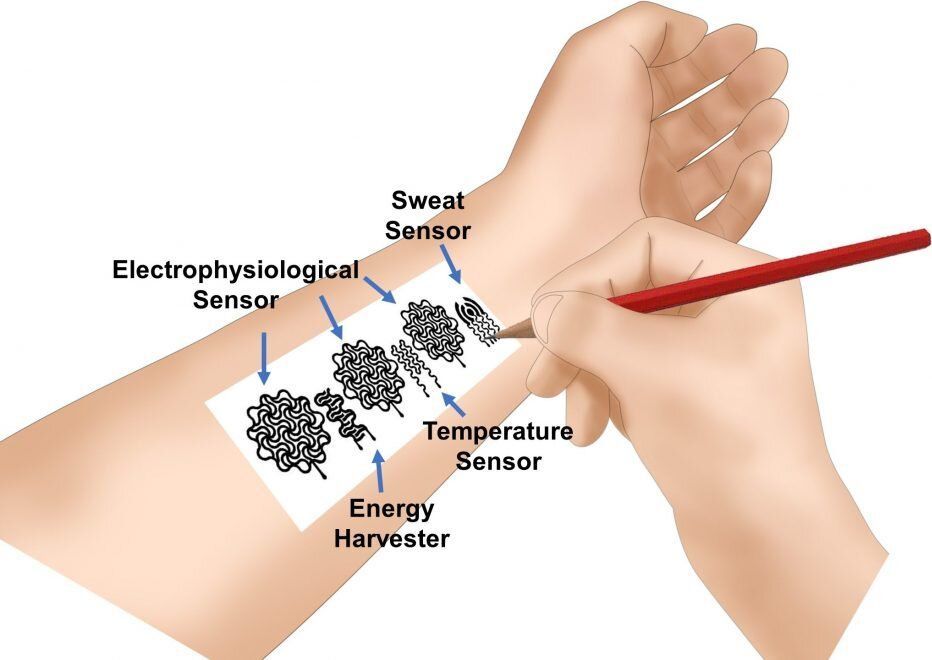Investment in U.S. offshore wind projects are set to hit $78 billion (€69 billion) this decade, in contrast with an estimated $82 billion for U.S. offshore oil and gasoline projects, Wood Mackenzie data shows. This would be a remarkable feat only four years after the first offshore wind plant — the 30 megawatt (MW) Block Island Wind Farm off the coast of Rhode Island — started operating in U.S. waters.
According to the Department of Energy (DOE), there are 28 US offshore wind projects in the planning stage, with the biggest clusters along the East Coast, from Massachusetts to Virginia. There are also 15 active commercial leases for offshore wind development in the U.S. and if they are fully built, there is the potential to support approximately 25 GW of offshore wind capacity.








